In the shadows of your garden, a microscopic battle is unfolding that would make science fiction writers weep with envy. Tiny wasps, no bigger than a grain of rice, are performing acts of biological wizardry that defy everything we think we know about the natural world. These aren’t your typical buzzing garden visitors – they’re master manipulators, genetic engineers, and architects of living fortresses, all rolled into creatures so small you’d need a magnifying glass to appreciate their dark genius.
The Invisible Army Living in Your Backyard
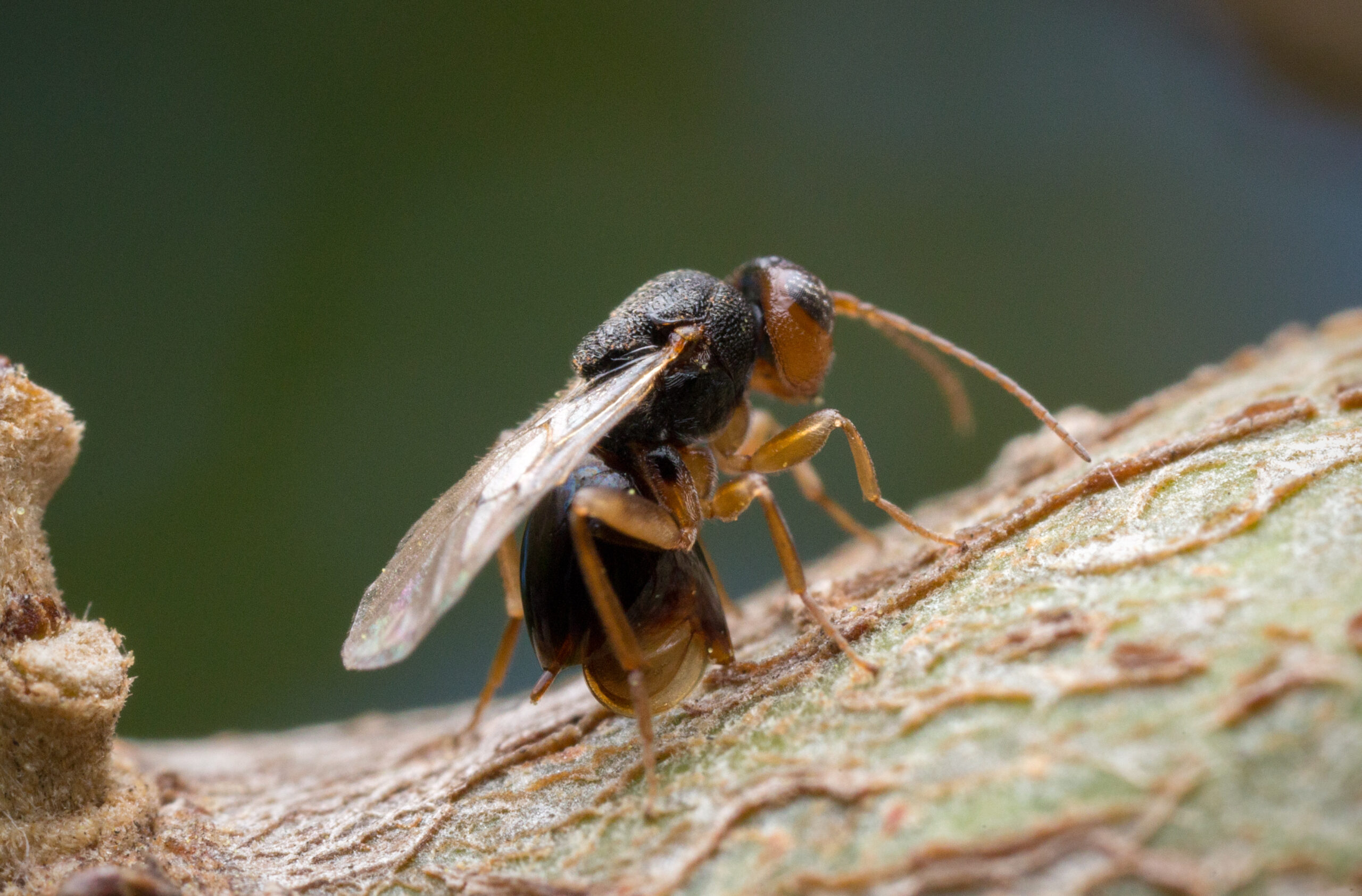
Gall wasps belong to the family Cynipidae, and they’re probably crawling around your garden right now without you even knowing it. These miniature marvels represent one of the most diverse insect families on Earth, with over 1,400 known species globally. What makes them truly extraordinary isn’t their size or their numbers – it’s their ability to hack into plant DNA and reprogram entire sections of living tissue. Think of them as nature’s first genetic engineers, perfecting their craft millions of years before humans even dreamed of gene therapy. Most people walk past oak trees, rose bushes, or willow branches every day, completely unaware that these plants are hosting thousands of tiny biological laboratories.
How These Micro-Terrorists Take Control of Plant Cells

The process begins when a female gall wasp lands on her target plant, armed with a needle-like ovipositor that’s sharper than any surgical instrument. She injects her eggs directly into the plant tissue, but here’s where things get truly mind-blowing – she doesn’t just deposit eggs. Along with her offspring, she delivers a cocktail of chemicals and potentially even genetic material that completely hijacks the plant’s cellular machinery. The plant tissue surrounding the egg begins to transform almost immediately, as if the wasp has flipped a switch in the plant’s genetic code. Within hours, normal plant cells start dividing rapidly and taking on entirely new characteristics, forming what scientists call a gall. It’s like watching a peaceful suburb suddenly transform into a maximum-security prison, complete with walls, food supplies, and climate control.
The Architectural Marvels That Put Human Engineering to Shame
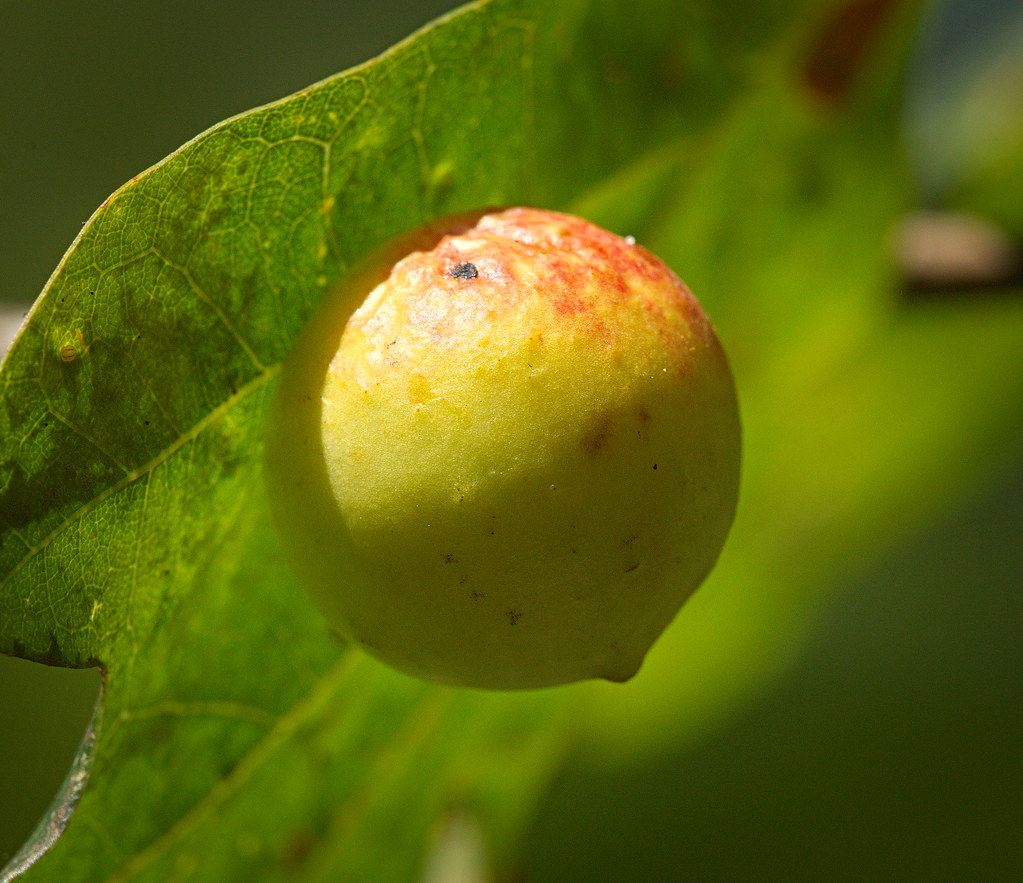
Galls come in shapes and sizes that would make even the most creative architect jealous – perfect spheres, intricate spires, fuzzy balls, and geometric patterns that look like they were designed by aliens. The oak apple galls created by Biorhiza pallida can grow as large as ping-pong balls, while some species create formations that look like tiny roses, pineapples, or even miniature Christmas ornaments. Each species of gall wasp creates its own unique architectural masterpiece, and scientists can often identify the wasp species just by looking at the gall structure. The precision is so exact that galls made by the same species will look virtually identical, whether they’re found in California or Connecticut. What’s even more remarkable is that the plant provides all the building materials and energy for these structures, essentially being forced to construct its own prison for the wasp larvae.
Inside the Fortress: A Perfectly Designed Nursery
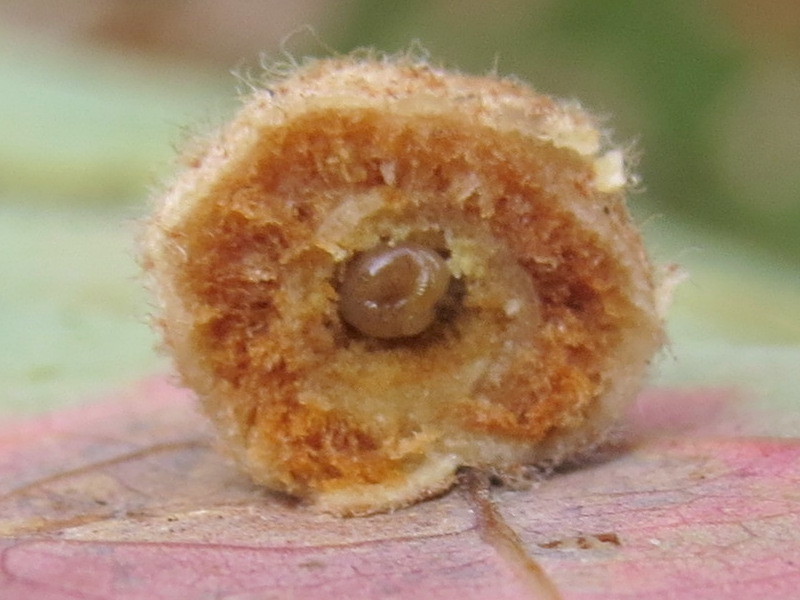
Step inside a gall, and you’ll discover a world that’s more sophisticated than most luxury hotels. The inner chamber is lined with nutritious tissue that the developing wasp larva feeds on, like being born into a room made entirely of your favorite food. The walls maintain perfect humidity and temperature control, protecting the vulnerable larva from everything from drought to freezing temperatures. Some galls even have multiple chambers, like tiny apartment complexes, each housing a single larva in its own private suite. The plant continues to pump nutrients into the gall throughout the larva’s development, essentially being tricked into raising its captor’s children. It’s biological manipulation at its finest – the wasp convinces the plant to not only build the nursery but also stock it with gourmet meals and provide round-the-clock room service.
The Chemical Warfare Behind the Manipulation
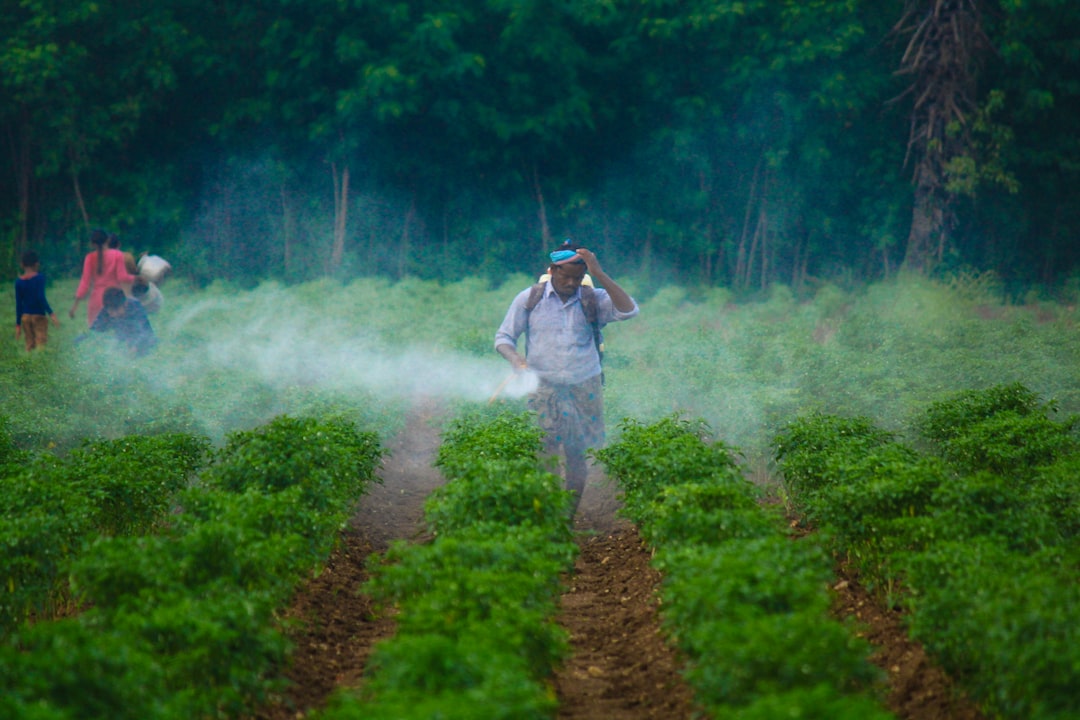
The secret weapons in a gall wasp’s arsenal are incredibly sophisticated chemical compounds that scientists are still trying to fully understand. These molecules can mimic plant hormones, hijack cellular communication systems, and even alter gene expression in ways that seem almost supernatural. Some researchers believe that gall wasps may actually inject viral particles or genetic material that gets incorporated into the plant’s DNA, essentially performing genetic engineering at a microscopic level. The chemicals are so specific and powerful that they can turn a simple leaf cell into a complex gall structure within days. What’s truly mind-boggling is that different species of gall wasps have evolved completely different chemical cocktails, each perfectly tailored to manipulate their chosen host plant. It’s like having a master key that doesn’t just open any lock – it completely rewires the entire security system.
The Great Escape: How Adult Wasps Break Free
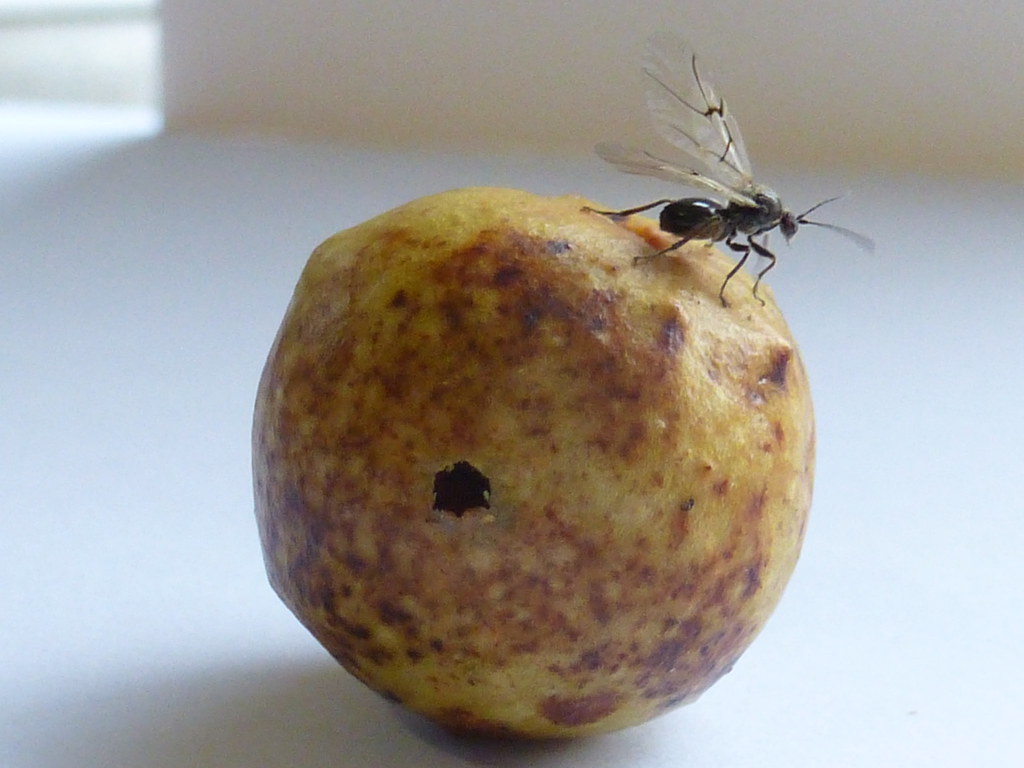
After weeks or months of development inside their plant prison, adult gall wasps face their final challenge – breaking out of the fortress they grew up in. Each species has evolved its own escape strategy, from chewing perfectly round exit holes to waiting for the gall to naturally split open. Some wasps time their emergence with seasonal changes, while others can remain dormant inside their galls for years, waiting for the perfect conditions. The moment of emergence is crucial because adult gall wasps typically live for only a few days or weeks, just long enough to mate and start the cycle all over again. What’s particularly fascinating is that some species create galls with built-in emergency exits – thin-walled sections that the developing wasp can easily break through when it’s ready to emerge. It’s as if the wasp programs the plant to build a nursery with a predetermined break-out plan.
The Bizarre World of Gall Wasp Reproduction
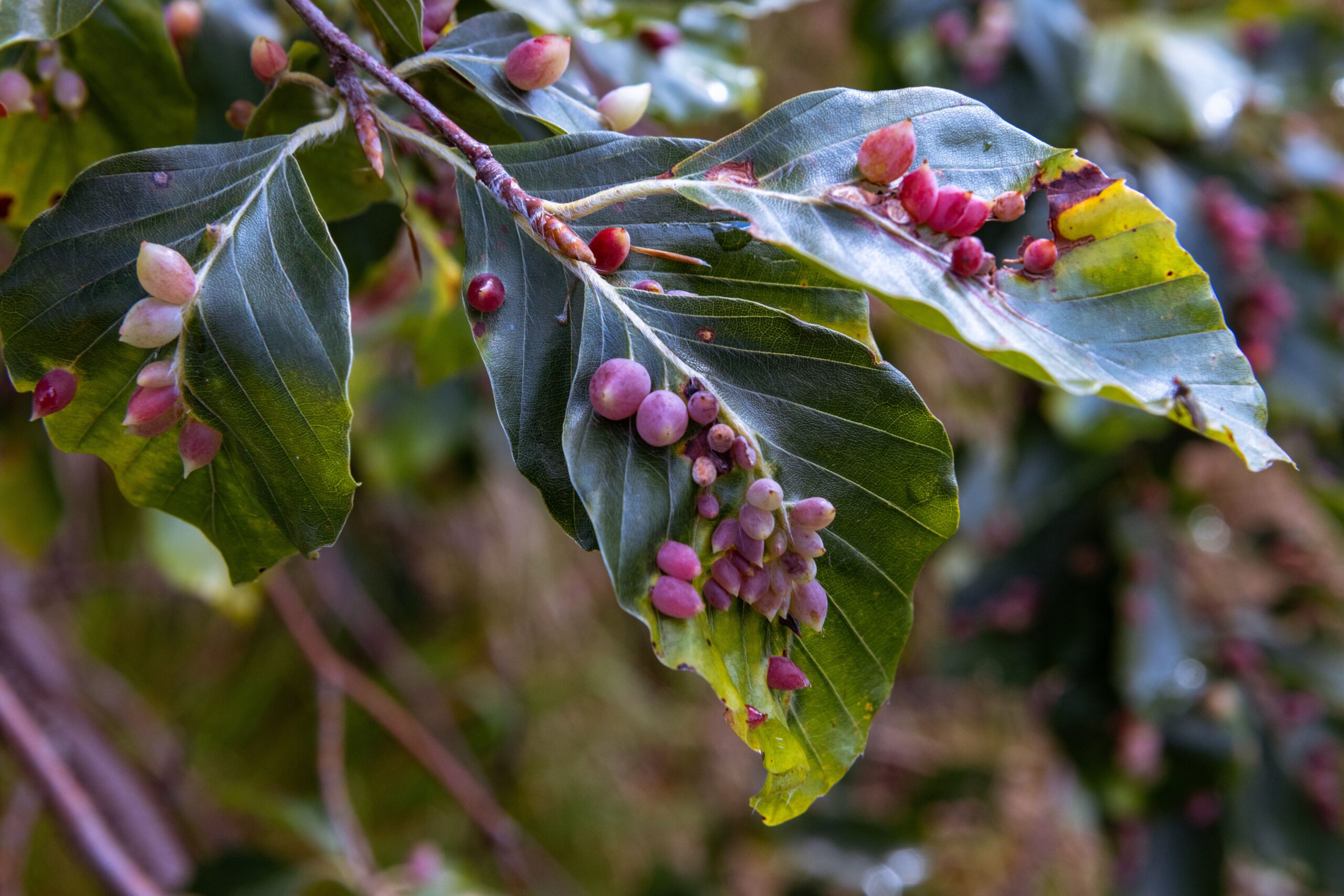
Gall wasp reproduction is so strange that it reads like a science fiction novel with a plot twist you never see coming. Many species alternate between sexual and asexual generations, with some populations consisting entirely of females who clone themselves without any need for males. These all-female generations can produce offspring that are genetically identical to themselves, creating what’s essentially an army of biological copies. Even more bizarre, some species produce completely different types of galls depending on which generation is reproducing – the sexual generation might create simple, small galls, while the asexual generation builds elaborate, complex structures. This means that for decades, scientists thought they were looking at two completely different species when they were actually observing the same wasp in different phases of its life cycle. It’s like discovering that caterpillars and butterflies are the same creature, except the transformation happens across generations instead of within a single lifetime.
The Arms Race: How Plants Fight Back
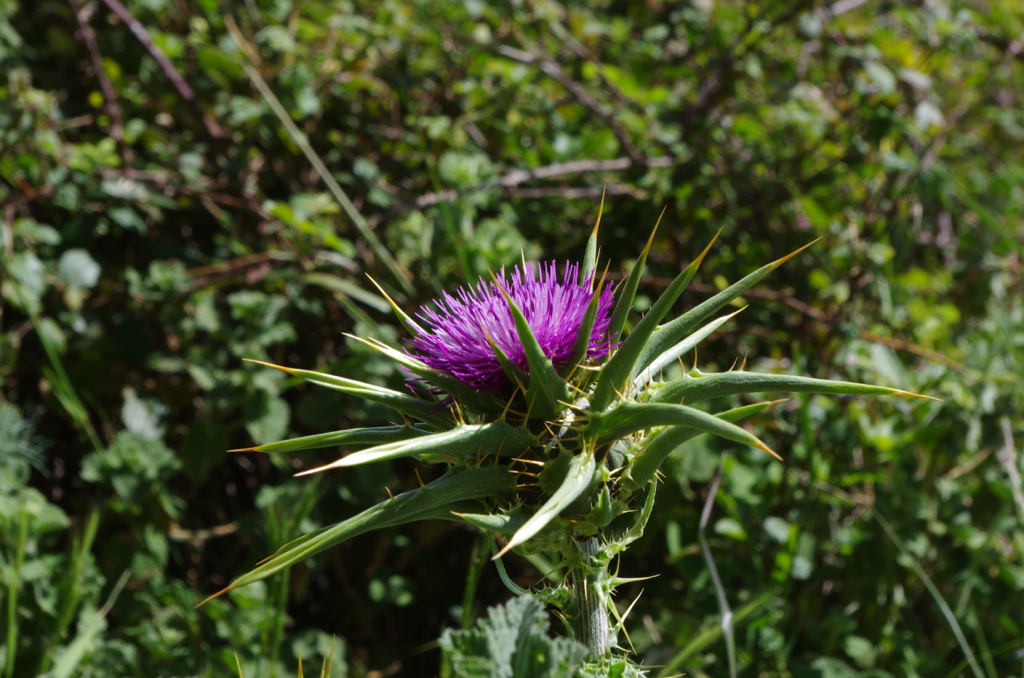
Plants aren’t completely helpless victims in this biological drama – they’ve evolved their own sophisticated defense systems to fight back against gall wasp attacks. Some plants can detect the chemical signals of gall formation and immediately flood the area with toxic compounds, essentially trying to poison the developing wasp larvae. Others have developed the ability to wall off infected areas, cutting off the blood supply to galls and starving the inhabitants. Certain plant species can even recognize repeat attacks and mount stronger defenses, like developing botanical immunity to specific wasp species. The most impressive defense mechanism might be the plants that have learned to time their leaf drop or bark shedding to occur just when gall wasps are most vulnerable, literally shaking off their attackers. This ongoing evolutionary arms race has been raging for millions of years, with both sides constantly developing new strategies and counter-strategies.
The Ecological Web: Who Else Lives in Gall Cities

Galls aren’t just home to the wasps that create them – they’re bustling ecosystems that support entire communities of insects, fungi, and other microscopic life forms. Parasitic wasps often invade galls to lay their own eggs, turning the gall wasp larvae into unwilling hosts for yet another generation of parasites. Some beetles and moths have evolved to be gall specialists, breaking into these plant fortresses to steal food or living space. Certain species of ants actually farm galls, protecting them from other predators in exchange for sugary secretions. Even after the original inhabitant has emerged or died, galls continue to serve as shelters for overwintering insects, nesting sites for spiders, and food sources for birds. These structures can remain on plants for years, becoming like tiny apartment buildings that house a rotating cast of tenants long after the original architect has moved on.
Masters of Disguise: How Galls Blend Into Nature
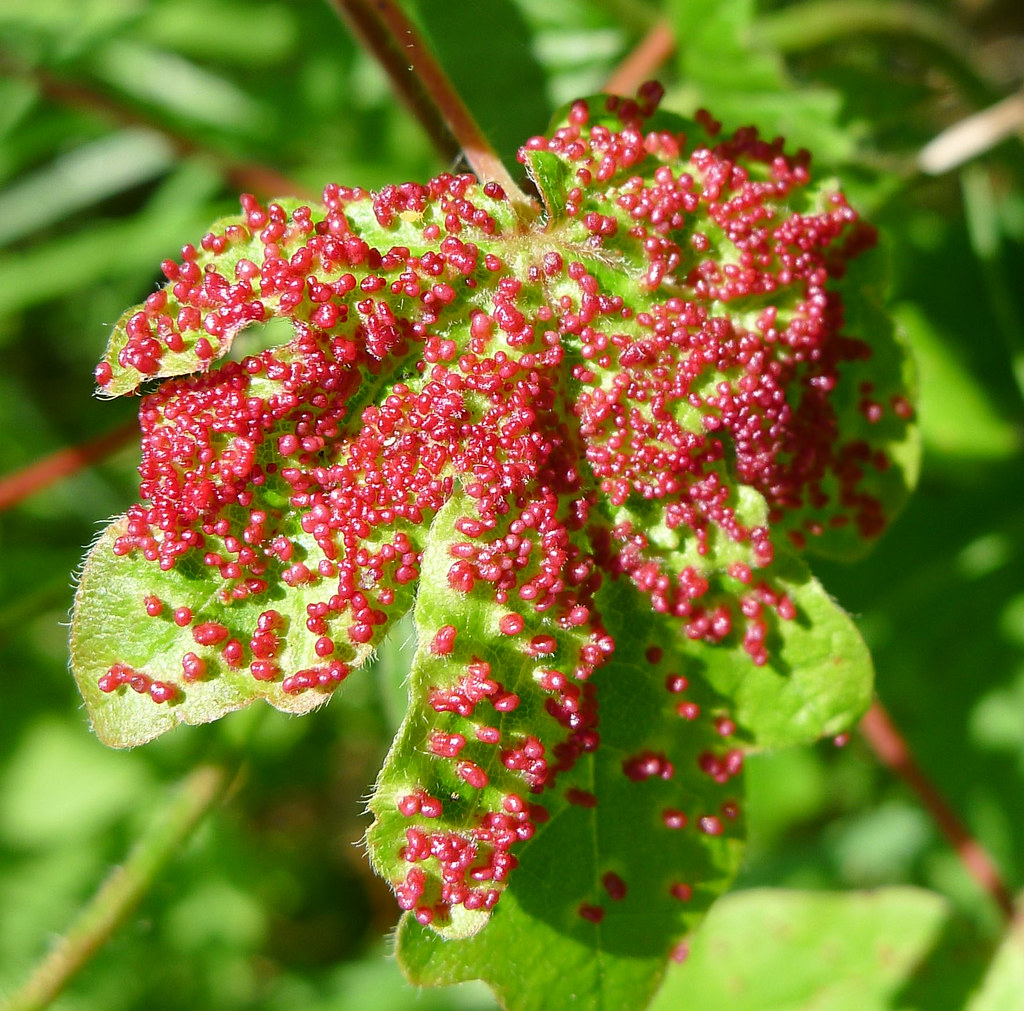
One of the most remarkable aspects of gall wasps is their ability to create structures that often look like natural parts of the plant, making them nearly invisible to casual observers. Some galls perfectly mimic flower buds, fruits, or even thorns, blending so seamlessly with their host that even trained botanists can miss them. This camouflage serves a dual purpose – it protects the developing larvae from predators while also preventing the plant from recognizing the gall as a foreign invader. Certain species create galls that change color with the seasons, turning from green to brown to match the plant’s natural cycle. The level of mimicry is so sophisticated that some galls even develop the same surface textures, waxy coatings, and structural details as the plant parts they’re imitating. It’s evolutionary camouflage that would make a master spy jealous, perfected over millions of years of natural selection.
The Global Impact: Gall Wasps as Ecosystem Engineers
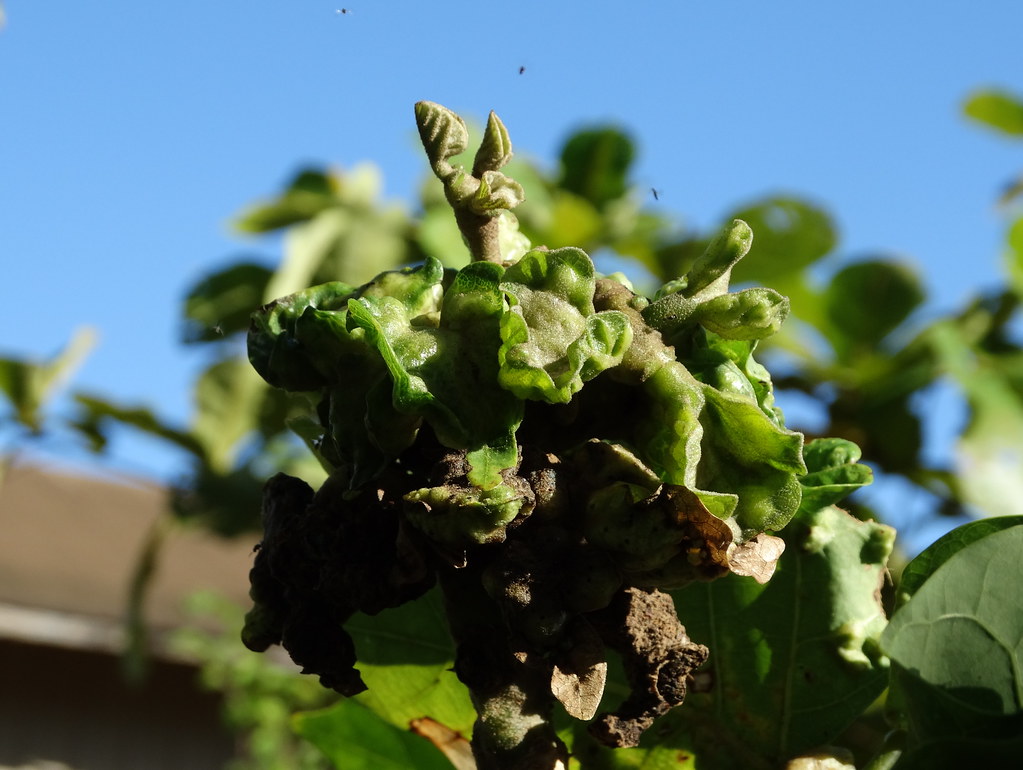
Despite their tiny size, gall wasps play enormous roles in ecosystems around the world, influencing everything from forest dynamics to agricultural systems. In some regions, gall wasps are so abundant that they significantly impact plant growth and reproduction, essentially acting as invisible landscape architects. Their galls provide food and shelter for hundreds of other species, making them keystone organisms in many food webs. Some gall wasps have even been used as biological control agents, helping to manage invasive plant species by weakening them through constant gall formation. The economic impact can be substantial too – gall wasps that attack commercial crops or ornamental plants can cause millions of dollars in damage annually. Conversely, some cultures have traditionally harvested certain types of galls for dyes, medicines, and even food, making these tiny wasps inadvertent contributors to human economies.
The Mystery of Host Specificity
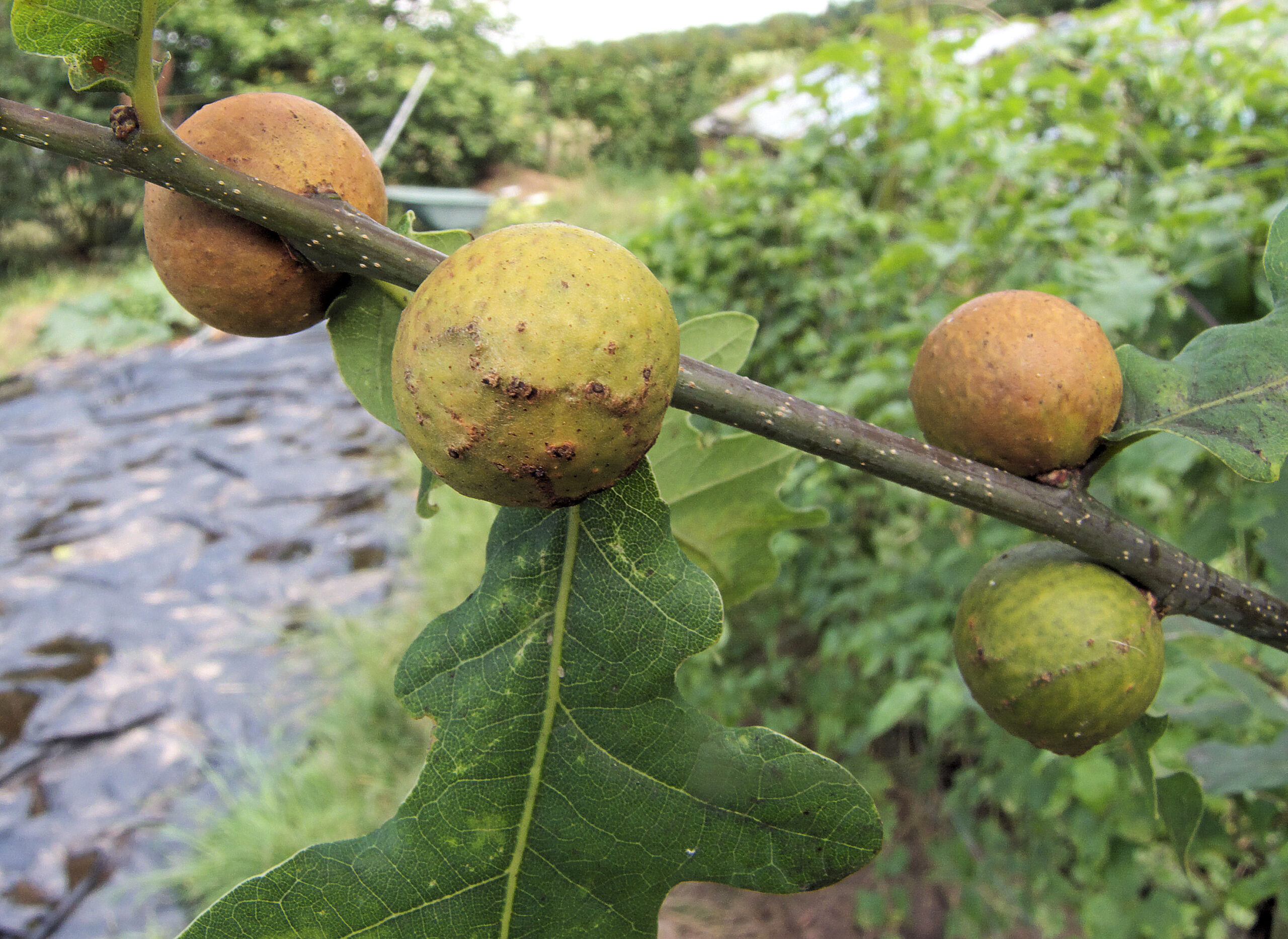
One of the most puzzling aspects of gall wasp biology is their incredible host specificity – most species can only successfully manipulate one particular type of plant, and sometimes only specific parts of that plant. A wasp that creates galls on oak leaves might be completely unable to affect oak branches, even though they’re part of the same tree. This specificity suggests that the chemical manipulation required to create galls is incredibly precise, like having a key that only works on one specific lock model. Scientists believe this host specificity is one of the driving forces behind the incredible diversity of gall wasp species – as plants evolve new defenses, wasps must evolve new ways to overcome them, leading to an endless cycle of specialization. Some researchers theorize that this relationship is so specific that discovering a new gall type almost always means discovering a new wasp species. The precision required for this manipulation is so exact that even closely related plant species can be completely immune to each other’s gall wasps.
Ancient Partnerships: The Evolutionary History
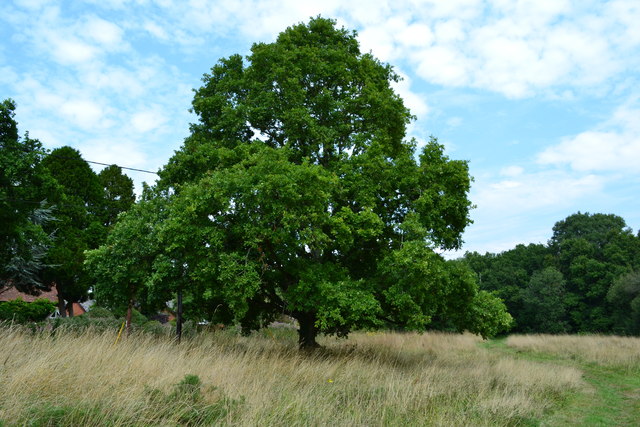
The relationship between gall wasps and their host plants stretches back over 100 million years, making it one of the oldest and most stable partnerships in the natural world. Fossil evidence shows that galls remarkably similar to modern ones existed during the time of the dinosaurs, suggesting that these tiny wasps perfected their manipulation techniques long before mammals even appeared on Earth. This ancient partnership has survived multiple mass extinction events, ice ages, and dramatic climate changes, proving just how successful this biological strategy really is. The evolutionary stability of gall-making behavior suggests that once a wasp lineage develops the ability to manipulate plant tissue, it rarely loses this skill – it’s simply too advantageous to give up. Some scientists believe that studying these ancient relationships could provide insights into how organisms might adapt to future environmental changes. The fact that this partnership has remained essentially unchanged for millions of years while the world transformed around it makes gall wasps living links to prehistoric ecosystems.
The Future of Gall Wasp Research
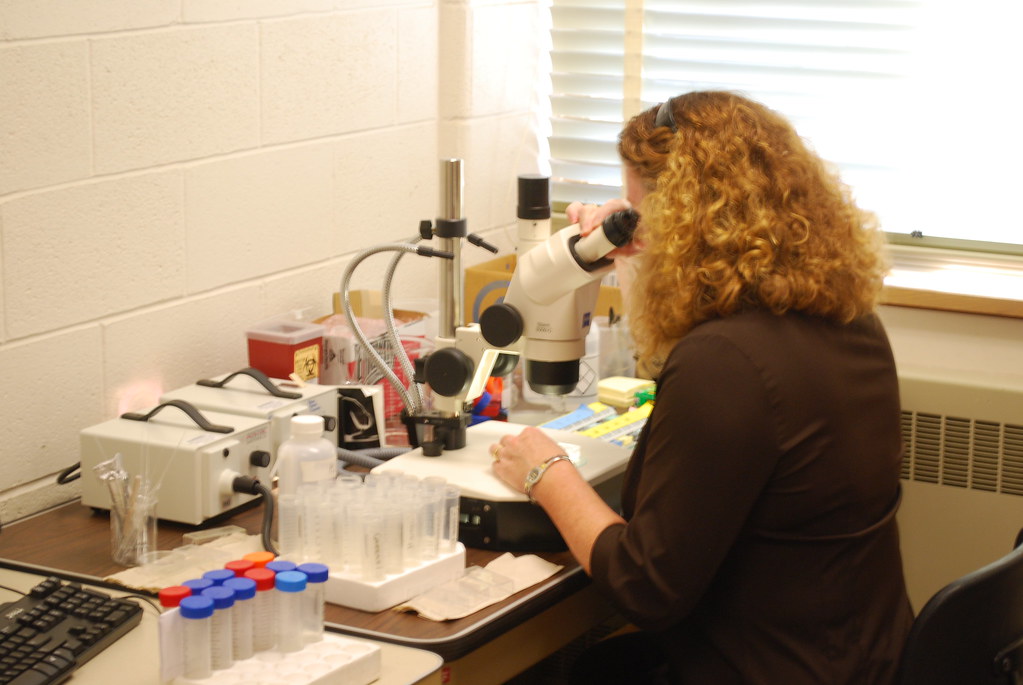
Modern technology is finally allowing scientists to peer into the molecular mechanisms behind gall formation, revealing secrets that have been hidden for millennia. Genetic sequencing is uncovering the specific genes and proteins involved in plant manipulation, while advanced microscopy is showing us the cellular changes in real-time. Researchers are particularly interested in understanding how gall wasps might be used in biotechnology – their ability to precisely control plant growth could revolutionize agriculture and medicine. Some scientists are exploring whether gall wasp manipulation techniques could be adapted to create living materials, self-repairing structures, or even new forms of biological manufacturing. Climate change is also creating new research opportunities, as shifting weather patterns are affecting gall wasp populations and their relationships with host plants. The discovery of new species continues at a rapid pace, with researchers estimating that thousands of gall wasp species remain undescribed, each potentially holding unique secrets about biological manipulation and control.
Conclusion
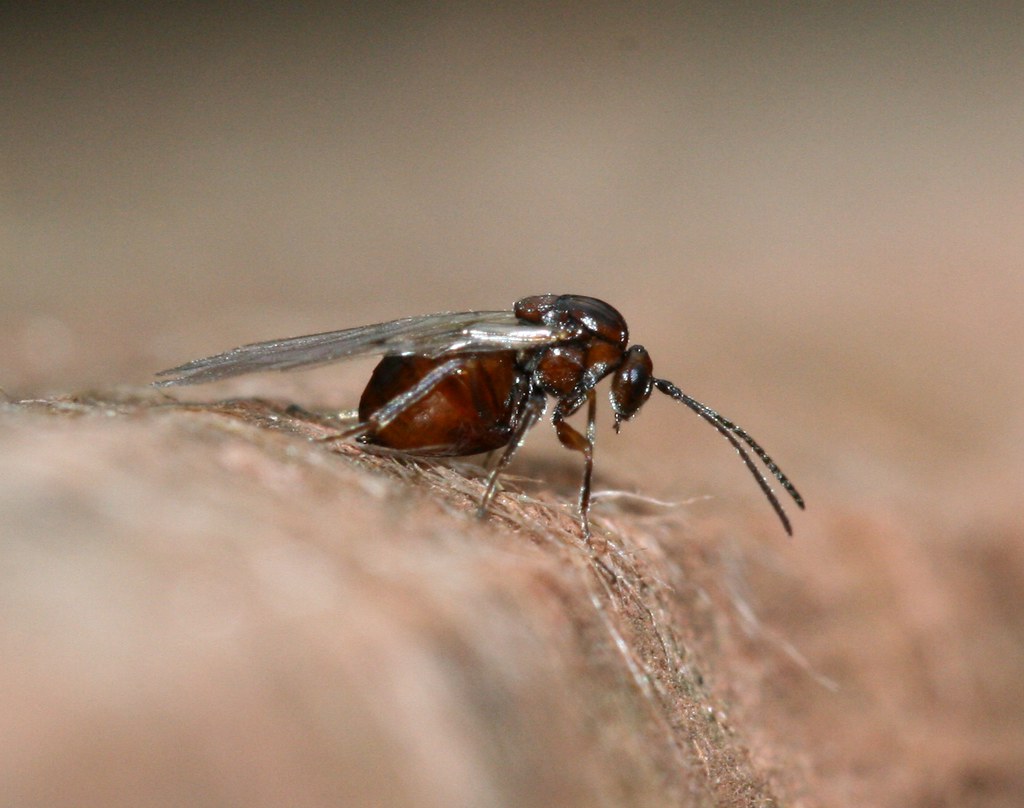
These microscopic puppet masters continue to reshape our understanding of what’s possible in the natural world, proving that some of the most extraordinary phenomena happen right under our noses. The next time you see an unusual bump or growth on a plant, take a closer look – you might be witnessing one of nature’s most sophisticated acts of biological engineering in action. What other invisible dramas are playing out in the world around us that we’re only just beginning to understand?

